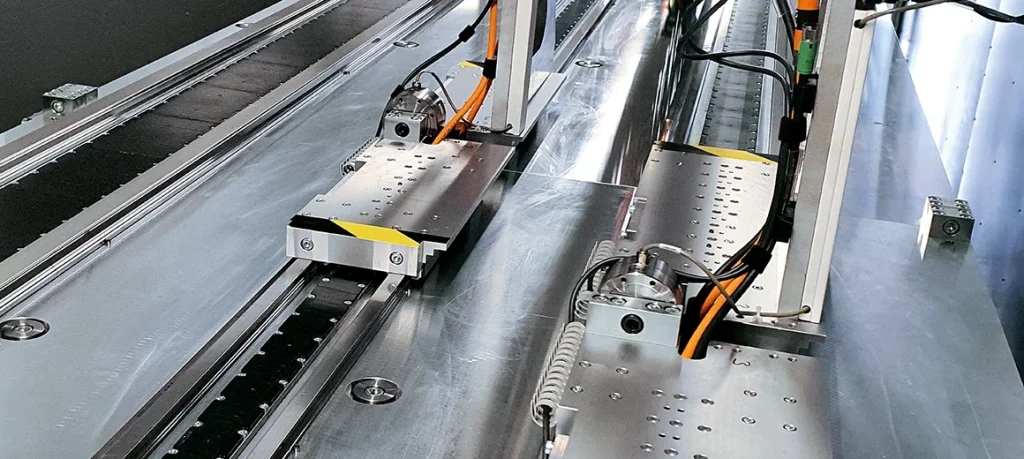

In the realm of modern manufacturing, Computer Numerical Control (CNC) machines stand as pivotal elements within production processes, where the precision and accuracy of operations are critical. These highly sophisticated devices harness computer-driven commands to manipulate cutting tools that precisely shape materials to specific dimensions. Achieving high accuracy in CNC machining transcends mere programming; it requires a nuanced interplay of mechanical components, design features, and calibration processes. This series of short articles delves into the critical factors influencing CNC machine accuracy, including backlash, frame rigidity, servo systems, and more. This initial section highlights the issue of backlash and its mitigation.
Backlash and Its Mitigation in CNC Machines
Backlash, defined as the amount of play between mating components within mechanical systems, critically affects the precision of CNC machines. This play typically arises within the drive system, notably where gears or screws interact, and can lead to a loss of motion precision, particularly when the machine’s direction of movement changes. Such discrepancies are notably problematic as they can induce inaccuracies during the cutting process, impacting the quality of the final product.
To counteract backlash and bolster machining accuracy, manufacturers implement several advanced methods:
1. Precision Ballscrews:
Precision ballscrews are engineered to minimize backlash and enhance the smoothness and precision of movement. These components integrate a ball bearing system between the screws and nuts, effectively eliminating the slack responsible for backlash. This improvement not only enhances precision but also increases the lifespan of the machine components by reducing wear.

Disadvantages:
Cost: Precision ballscrews are expensive due to their complex manufacturing process.
Vibration Issues: In high-speed operations, ballscrews can suffer from “whiplash” due to imbalances, leading to vibrations. This phenomenon occurs when the rotational speed of the ballscrew exceeds its critical speed, causing the screw to whip or vibrate excessively. This vibration can compromise the machining accuracy and surface finish of the parts being produced, and it can also lead to premature wear of the ballscrew assembly.
2. Tandem Axes with Zero Backlash:
This setup involves the use of two opposing pinions that engage with a rack, configured with preload torque to continuously counteract each other. This dynamic ensures that potential backlash is actively negated by the opposing forces of the pinions, greatly enhancing the precision and stability of machine component movements. This arrangement is particularly effective in larger machines where maintaining high precision across extensive movements is crucial. Employing high-precision scales within this setup is essential to ensure maximum accuracy. The disadvantage of using the tandem axes system is that they take up so much space.

3. Linear Motors:
Linear motors provide a direct drive mechanism that operates without the traditional mechanical transmission elements like screws or gears. The absence of engaging mechanical parts means that linear motors inherently exhibit no backlash. This feature is particularly advantageous for high-precision CNC applications, ensuring unparalleled accuracy and repeatability. However, Linear motors can generate significant heat during operation, requiring sophisticated cooling systems to maintain performance and prevent overheating.

Conclusion
While each backlash mitigation technique offers distinct advantages, they also come with challenges that manufacturers must consider. The choice of method depends on factors such as budget, space availability, required precision level, and maintenance capabilities. The subsequent sections of this series will explore other essential factors such as frame rigidity, servo systems, and the impact of machine design on operational precision, providing a comprehensive understanding of what drives accuracy in CNC machining.